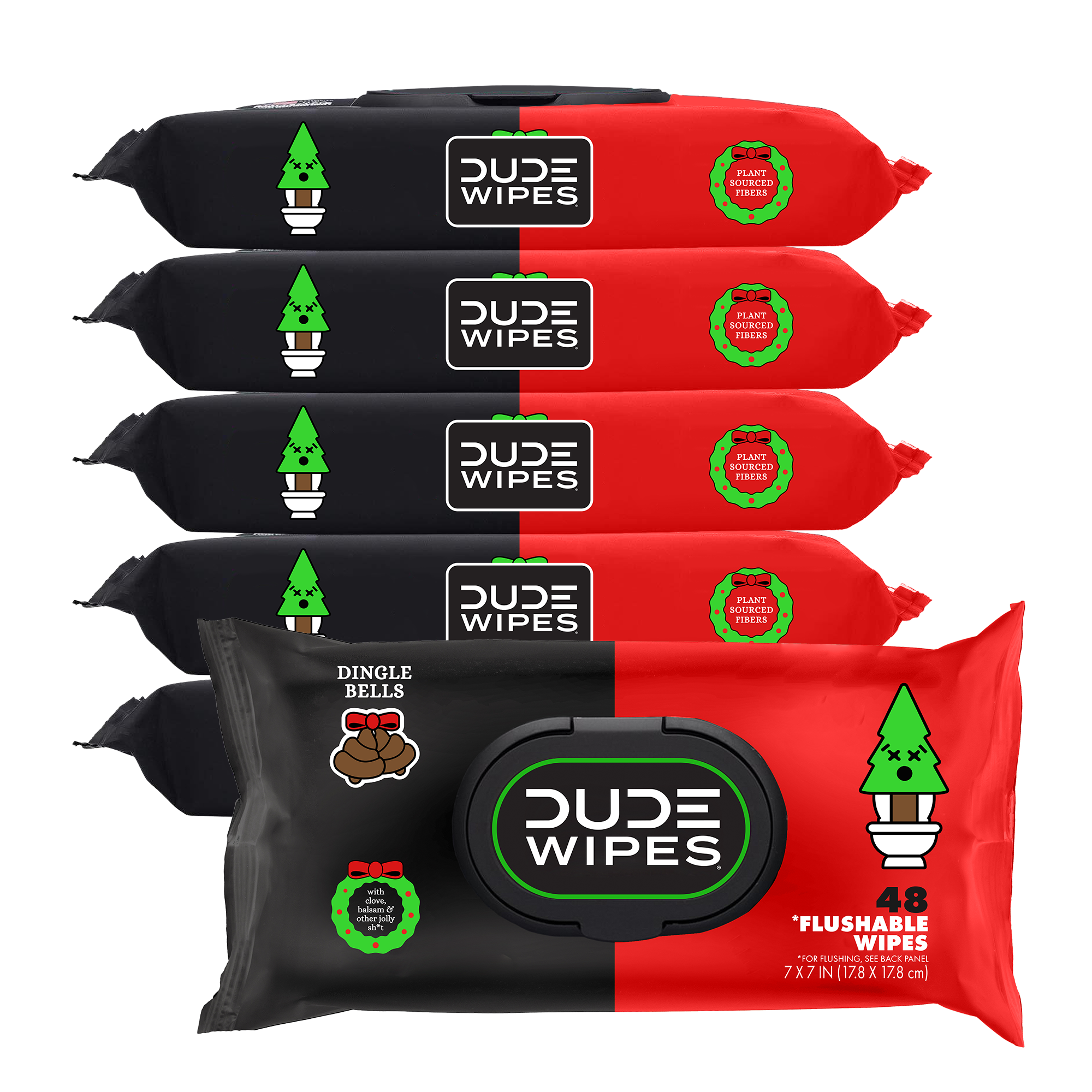Colorectal cancer is one of the biggest threats to a dude’s health, affecting 1 in 23 men. The good news is this disease is largely preventable and treatable— with early detection.
Getting a colonoscopy and studying your family history are two great ways to prevent colorectal cancer. But one of the easiest ways to stay on top of your colon and rectal health is paying attention to your poop, seriously.
One of the earliest signs of colorectal cancer is an unexplained change in the consistency, color, or movement of your stool. There’s some specific stuff to look out for in the toilet, but first let’s cover the kinds of poop that are (usually) normal.
Normal Types of Poop
In most cases, your dumps will fall within the spectrum of the Bristol stool scale, which we’ve analyzed in depth.
As you can see, the ideal dump should be brown and smooth in the shape of a snake. You shouldn’t have to strain to push it out and it sinks nicely to the bottom of the bowl. As far as frequency, most people poop between 3-21 times a week—this is known as the “Goldilocks zone for pooping.”
If your poop looks like pebbles, you’re probably constipated, so get hydrated and make sure you’re eating fiber-rich foods like fruits, vegetables, and whole grains.
On the opposite end of the scale is the dreaded diarrhea. This happens when your gut pushes poop through the bowel before enough fluids are soaked up. Diarrhea can be a side effect of eating something sketchy, a stomach bug, or a hangover. However, a chronic case of the runs could indicate more serious tummy troubles like irritable bowel syndrome (IBS), Crohn’s disease, or ulcerative colitis.
Not-So-Normal Types of Poop
Every dude should be on the lookout for unusual changes in their poop. Here are a few that might be symptoms of colon or rectal cancer:
1. Bloody Stool
If you notice blood when you wipe or see any red streaks in your poop, that could be a sign of rectal bleeding (AKA hematochezia), which is a fairly common colorectal cancer symptom. Not all cases of colorectal cancer cause bleeding, but you should tell your doctor regardless. Bright red blood can also indicate intestinal inflammation or hemorrhoids.
2. Black, Tarry Stool
Also known as melena, black stool is one of the more common side effects of colorectal cancer. This happens when hemoglobin (a protein that transports oxygen) in the blood slowly darkens as it moves toward the rectum.
3. Narrow Stools
Stools that are narrow (like the width of a pencil) can be caused by an obstruction in the colon, such as a tumor. This can also be caused by temporary issues like infections or IBS. But if you experience narrow stools for more than a week, you should talk to your doctor.
4. Chronic Diarrhea
A short stint of the runs is usually harmless, but if you’re constantly pooping liquid, that could be the result of overflowing intestinal fluid around an obstruction. Alternating constipation and diarrhea is another red flag.
It’s important to note that signs of early-stage colorectal cancer aren’t always obvious or visible, hence the importance of regular screenings. For a full list of potential symptoms, check out this resource from our friends at Fight Colorectal Cancer (Fight CRC).
When Should You Talk to Your Doctor About Your Poop?
As you’ve learned, poop is more complicated than you might have thought. It comes in countless shapes, sizes, and colors—some of them more concerning than others. You shouldn’t expect your poop to look identical every day, but if you notice some strange stuff happening when you’re on the throne, trust your gut (literally) and talk to a health care professional.
Talking about your poop won’t be the highlight of your week, but you’ve got nothing to lose and your whole life to gain.
Join Fight CRC to Climb for a Cure
As you read this, thousands of people are battling colorectal cancer. There are countless ways you can get involved, like advocating or donating, but there’s one way in particular you should know about right now: Climb for a Cure 2021.
Whether you scale a legit mountain or walk around the comfort of your neighborhood, you can get active and raise funds for cutting-edge research, lifesaving awareness, and relentless advocacy.
There are three ways to participate this year:
- Lake Tahoe, California (open to 75 people): $75
- Community Climbs (hosted in cities across the US): $25
- Create Your Own Climb (individuals or groups): FREE
Let’s recap. You have two things to do today, dude: study your poop and register to Climb for a Cure. Both can be real life savers.

























